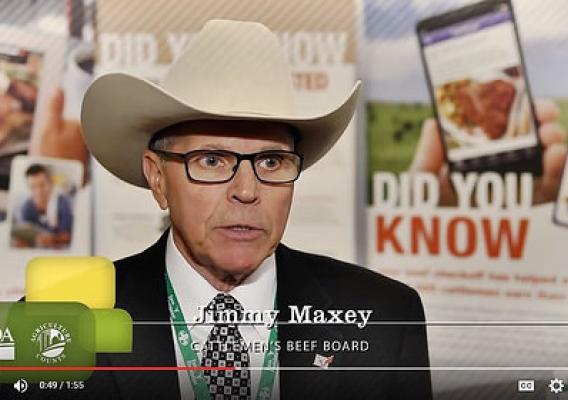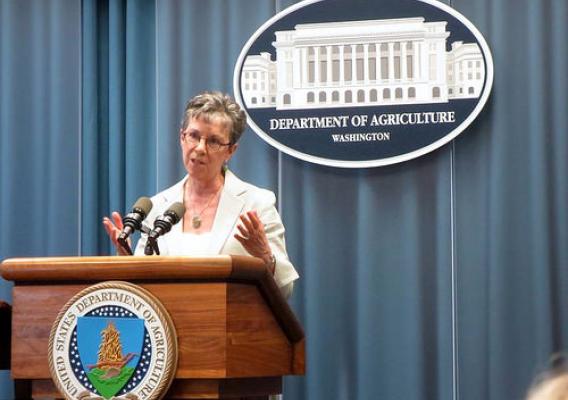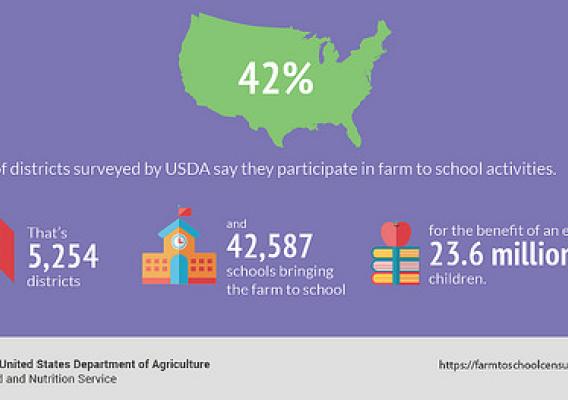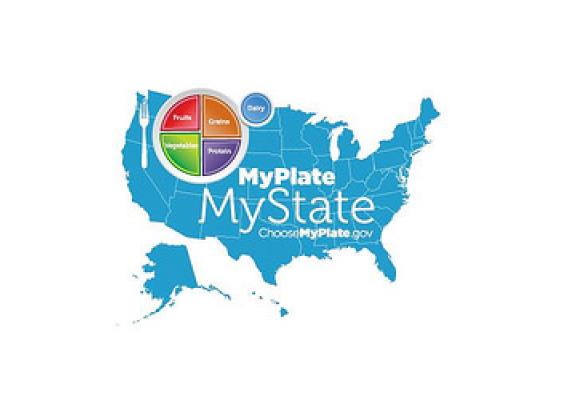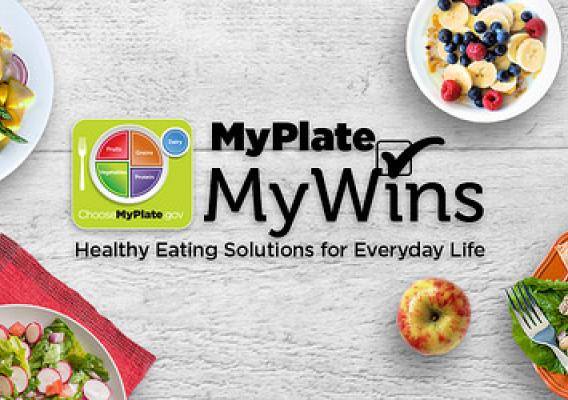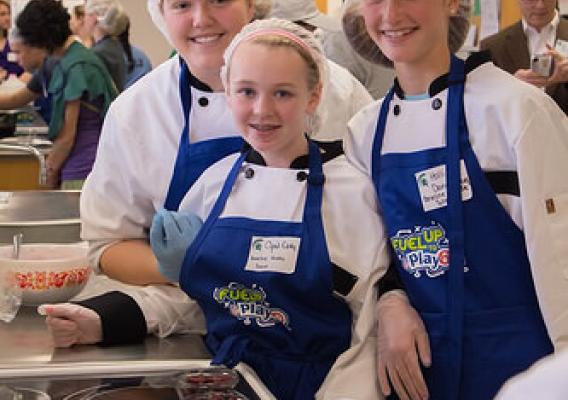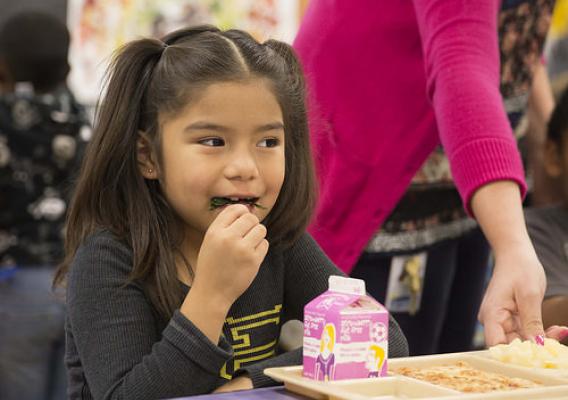March is National Nutrition Month. Throughout the month, USDA will be highlighting results of our efforts to improve access to safe, healthy food for all Americans and supporting the health of our next generation.
For more than 250,000 students in the Los Angeles Unified School District (LAUSD), gone are the days of scrounging for lunch money, bumming a snack from a friend, or going into seventh period with a growling stomach. As of March 1,339 sites in the district now offer breakfast and lunch at no cost to students via the Community Eligibility Provision (CEP). The second largest school district in the nation, LAUSD serves a high-poverty population: More than one in five residents live below the poverty line, and the area has the largest food insecure population in the country. By expanding CEP in their district, LAUSD is guaranteeing students access to the nutrition they need to thrive in the classroom and beyond.
You may have heard us talk about CEP before. Most recently, we explored how schools around the country are remaining flexible - dealing with any barriers they may face - to implement CEP and benefit from what administrators are calling a “financial win/win.” We’re excited to report that several large districts across the country – and the hundreds of thousands of students enrolled at those schools – are now experiencing those poverty-fighting, nutrition-promoting benefits. LAUSD joins Chicago, Dallas, Philadelphia, Shelby County (Tenn.) and Houston school districts, who have all implemented CEP, offering two nutritious meals a day at no cost to more than 100,000 students each.

